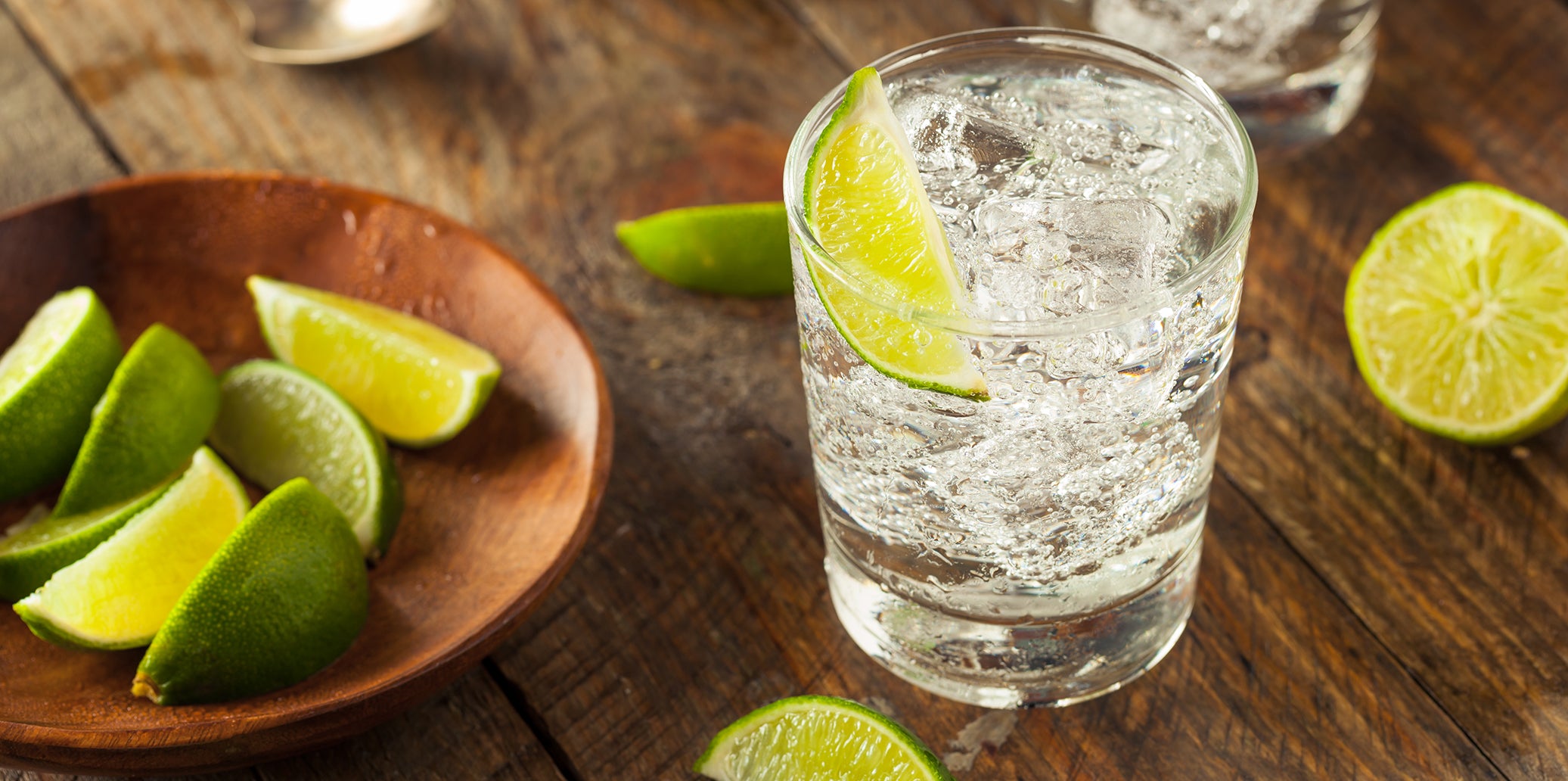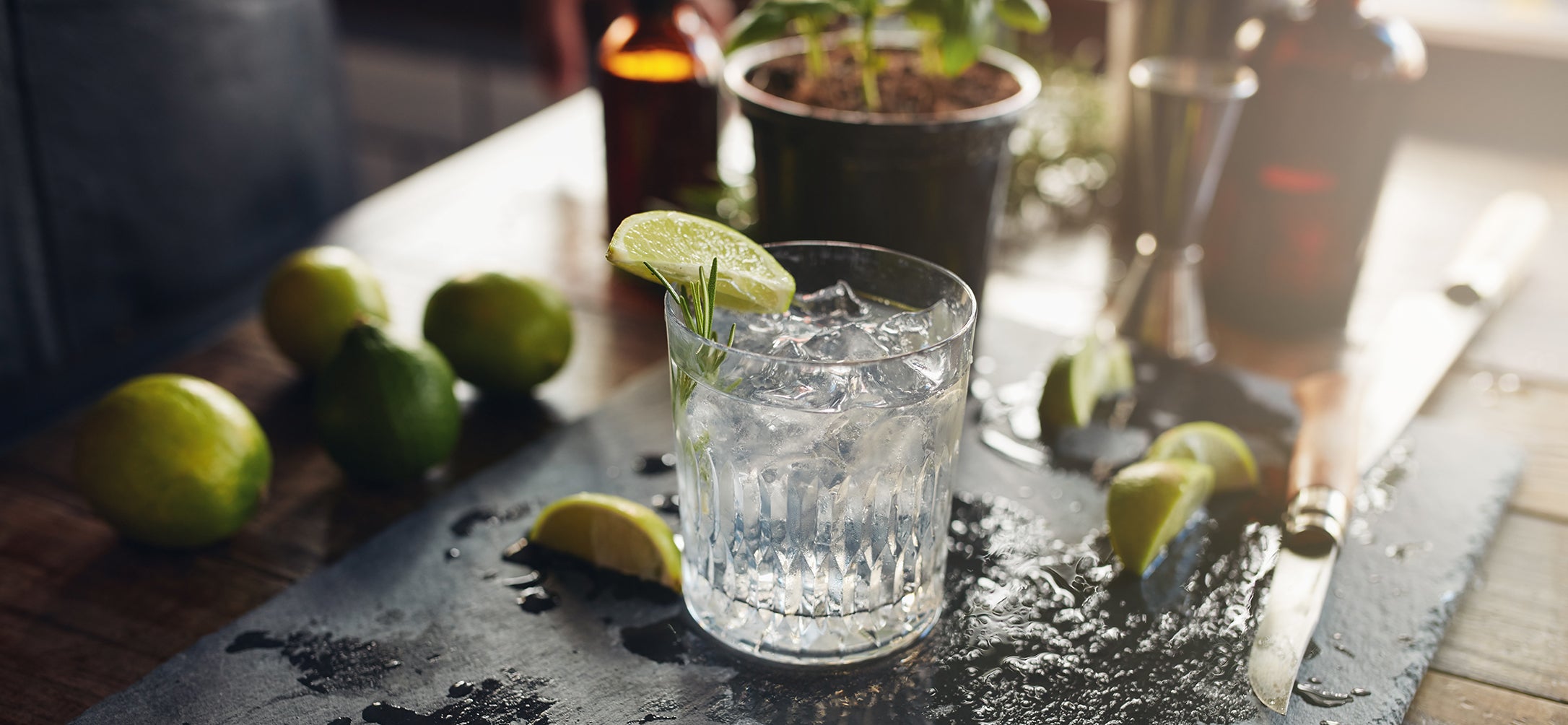
Gin Tonic
The Gin Tonic: history of one of the most famous cocktails
The "G&T" (Gin Tonic) is one of the most loved cocktails by young and old and in its two hundred years of existence, it has never gone out of fashion. Speaking of Gin Tonic, Winston Churchill said one day: "The gin and tonic drink has saved the lives and minds of more Englishmen than all the doctors of the Empire".
THE QUININE
It all began in an exotic and distant land: India. As Britain colonized this vast country throughout the 19th century, most travelers and settlers suffered from malaria. The fever has devastated dozens of Europeans, but in the seventeenth century the Spaniards discovered that the indigenous peoples of present-day Peru used a bark to treat fevers. A stolen cinchona bark soon became a favorite treatment for malaria in Europe. It was soon discovered that not only did it cure malaria, it also worked preventatively.

The active ingredient within the cortex, quinine, became a powerful weapon for the British Empire, as it allowed its soldiers to rule in distant lands. However, there was a problem. The quinine powder was intensely bitter and difficult to swallow. Naturally, the British diluted it in sugar water and "tonic water" was born in its earliest form.
Not long after the widespread popularity of quinine, Schweppes introduced the "Indian quinine tonic", Targeting the growing population of Brits abroad who were encouraged to take a daily dose of quinine. Eventually "the tonic" returned to its homeland as a health drink.
Gin liqueur was also growing in popularity in the 19th century. It was just a matter of time and opportunity before a settler decided to take his water quinine tonic with a glass of gin.
On the other hand, could there be a better place than the hot tropics of India to enjoy a fresh and refreshing supply like gin and tonic?

The HISTORY of Gin Tonic
Gin and tonic grew in popularity for its delicious flavor and healing purpose, so much so that it was often cited for its life-saving properties. Gin and Tonic are also simple to prepare with just two ingredients and a lime or orange wedge to increase their freshness. The important thing is to always make sure you drink a glass or even two, on the other hand history teaches that "this is a drink that is good for your health".
The history of gin and tonic is linked to the army of the British East India Company in India, when in 1700, the Scottish doctor George Cleghorn he was the boy who studied quinine, considered an excellent remedy for malaria. Back then, people consumed quinine along with water, but the taste was never good.
It was then that British officers in India, around the beginning of the nineteenth century, thought of mixing water, sugar, lime and gin with quinine, so that the drink became more palatable. Soldiers in India were given a ration of gin so that the sweet taste of the drink was more pleasing.
Soon the Gin Tonic becomes a very popular drink, especially in summer. There is also scientific evidence that in 2004 a study found that consuming 500-1,000ml of tonic water works as a therapeutic. Gin Tonic is today one of the most famous cocktails all over the world, so much so that on October 19th of every year we celebrate "Gin Tonic day".


